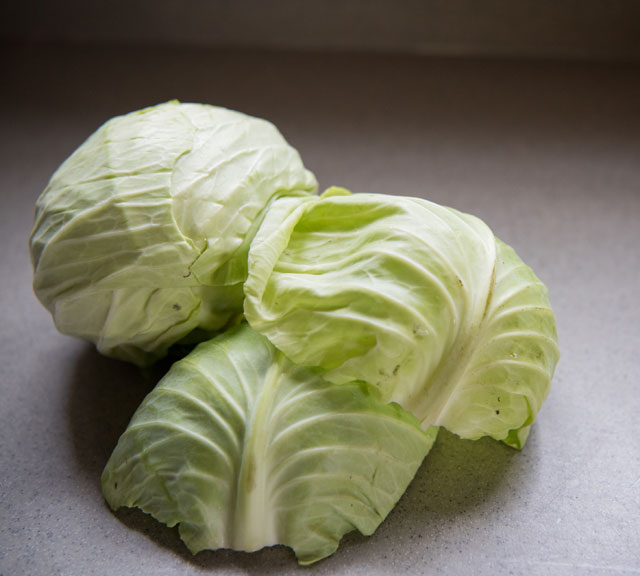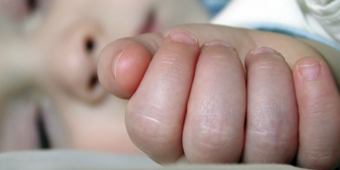Drying Up Your Milk When It’s Time to Wean

Answer a few questions and we'll provide you with a list of primary care providers that best fit your needs.
Your breasts naturally produce milk when you have a baby. When it’s time to dry up your milk, you need to signal your body that your infant is requiring less milk. "It’s a simple concept", says Mary Shay, RN, MS, IBCLC, a Premier Health lactation consultant. “Your breasts will stop making milk if you don’t send the signal to make more or remove the milk from your breasts (by feeding or pumping).”
The American Academy of Pediatrics recommends exclusively breastfeeding your baby (no food or drink other than breastmilk) for the first six months of life. After adding complementary foods around six months, many moms continue to breastfeed for the first year and beyond. In many countries and cultures, it’s normal to continue breastfeeding until the child is age 2 to 3.
Eventually, you’ll wean your baby from the breast. You may make the decision to wean, or your baby may lose interest in breastfeeding, which may occur after his first birthday.
Whether mother-led or baby-led, the key is to wean slowly. Just as when weaning occurs naturally, a gradual decrease in the number of times your baby nurses (or you express your milk) will slowly decrease the amount of milk you make. Suddenly stopping breastfeeding can result in uncomfortable fullness of the breasts that can be avoided with slow weaning. If you have a medical condition requiring immediate weaning, consult a lactation consultant for assistance.
Why Cabbage Leaves are Your Friends
Cabbage leaves can be surprisingly helpful in your quest to dry up your milk. Don’t eat them. Instead, follow these steps to slow production and soothe your breasts at the same time:
Buy a plain green cabbage, remove the leaves, then rinse and dry them.
 Refrigerate the leaves so they get nice and cold.
Refrigerate the leaves so they get nice and cold.
When you’re ready to use them, score the leaves with a fork or knife, or gently pound the leaves, so the juices will seep out and onto your breasts.
Place the leaves around your entire breasts and under your arms, leaving your nipples exposed.
Change the leaves every 20 to 30 minutes or when they become wilted. Repeat two or three times a day until breasts are soft and comfortable.
“Your breasts will stop making milk if you don’t send the signal to make more or remove the milk from your breasts (by feeding or pumping)."
How To Wean Comfortably
If you’ve been breastfeeding, it will take a month or more for your milk to dry up, depending on how quickly you wean your baby. In this instance, the most comfortable way to dry up your milk, according to Shay, is to gradually cut down on feeding or pumping sessions. By removing one session every three to five days, your body will slowly decrease production. “Don’t stop cold turkey,” Shay warns. Stopping abruptly will likely cause your breasts to become engorged, she says, which could lead to a clog and possible infection.
Binding your breasts is not recommended. “It’s an age-old practice that can make you very uncomfortable and can lead to clogged and painful milk ducts,” says Shay. But do wear a supportive bra that is not too tight.
Weaning can be an emotional time for mothers. This may be due to hormonal changes in your body and changes in your relationship with your infant. You may find it helpful to talk with other mothers about your feelings. Especially if you’re weaning your last baby, you might feel sad that this stage of your life is ending.
Answer a few questions and we'll provide you with a list of primary care providers that best fit your needs.
Source: Breastfeeding Basics; BabyCenter; Mary Shay, RN, MS, IBCLC, Premier Health Lactation Consultant





